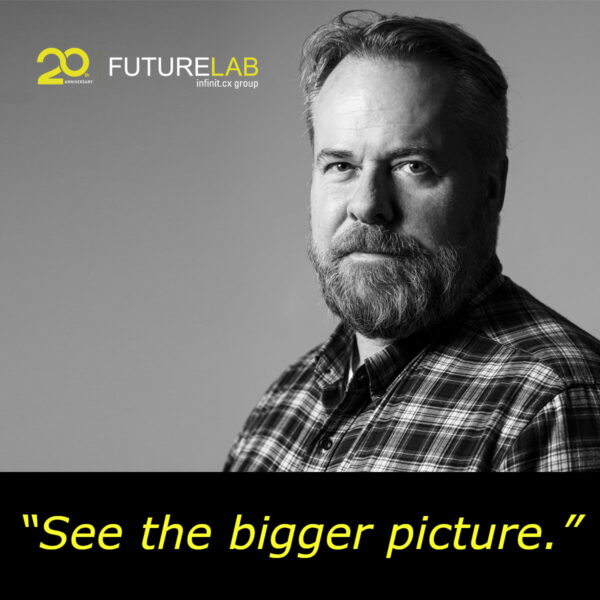Edit: An irate Design Sojourn reader has highlighted to me that this is Green Washing at its best. Mahogany trees takes 10 years to mature before it can be cut down. I have responded directly to her, but I also would like to hear your feedback on this?
First off, I don’t claim to be an expert on sustainability issues, and I am learning more about this everyday. So rightly or wrongly here are some of my thoughts on this matter:
1) I saw this more of protecting the livelihood of 30 craftsmen who could be making worst things like a Mahogany table! We are just speculating here that the designer has cut down Mahogany trees for this radio. The designer could have be using offcuts, or even deadwood. Perhaps we should ask the designer, so that he could defend himself? I will take the liberty to do so.
2) More importantly is the concept of Slow Design. This is not about taking your time to create things. This is a fully considered approach that asks if and how a product should exists. More importantly the designer is encouraging a sustainable behavior within consumers. The focus here is to create a product that people don’t throw away in 6 months for the next big fad. Personally, I liken this to the killing of endangered species for parts. Catching the hunters will not help if we do not stop the demand.
Completely opposite to our highly rushed product development cycle, Singgih Kartono took 13 years to produce his designer collection of Magno wooden radios. It started out as a university project in 1992 where the main stumbling block was ironically his inability to source for small volume of radio electronics. Similar to effort I took in my Un-p3 project, the struggle was likely rationalizing a low production process with a traditionally high volume product.
Inspired by his native Indonesian art and culture, each radio is made from Pinewood, Mahogany and Albasia trees that are indigenous to Indonesia. Singgih believes that:
“…wood is a soulful material. Wood tells us about life, balance and limits. When I combine electronic products with wood material, it seems like a soul embodied, it makes a closer relation to us. “
Logically, he ensures that he has a sustainable process by replanting each tree he uses and extends this social entrepreneurship endeavor by providing jobs for 30 craftsmen in his hometown.
However, what tickled my curiosity was his approach to Design, or more accurately Slow Design.
“I will make developments. But my design is slow design. I do not want to make things fast because I am not driven by the market, or driven by the money.”
If only all of us had a similar opportunity to forget about our stomachs!
His 30 craftsmen makes about 200 sets a month which sells for $200-$300, and true to his philosophy he is not going to increase production nor expand his range despite a global demand. As such he intends to keep his designs as simple as possible and hopes that it can eventually become a collectible timeless classic.
I just hope that entrepreneurial designer stores don’t end up jacking up the price due to its limited availability! Ah don’t you just love capitalism?
Via: Channel News Asia.
Original Post: http://www.designsojourn.com/slow-design-13-years-to-get-this-wooden-radio-right/




